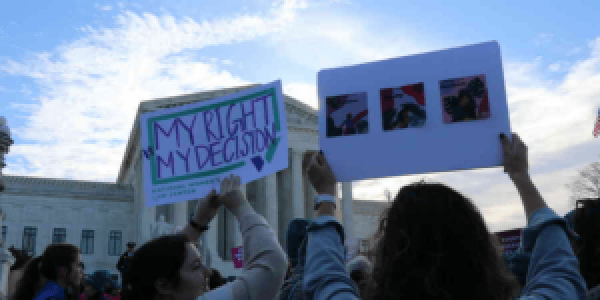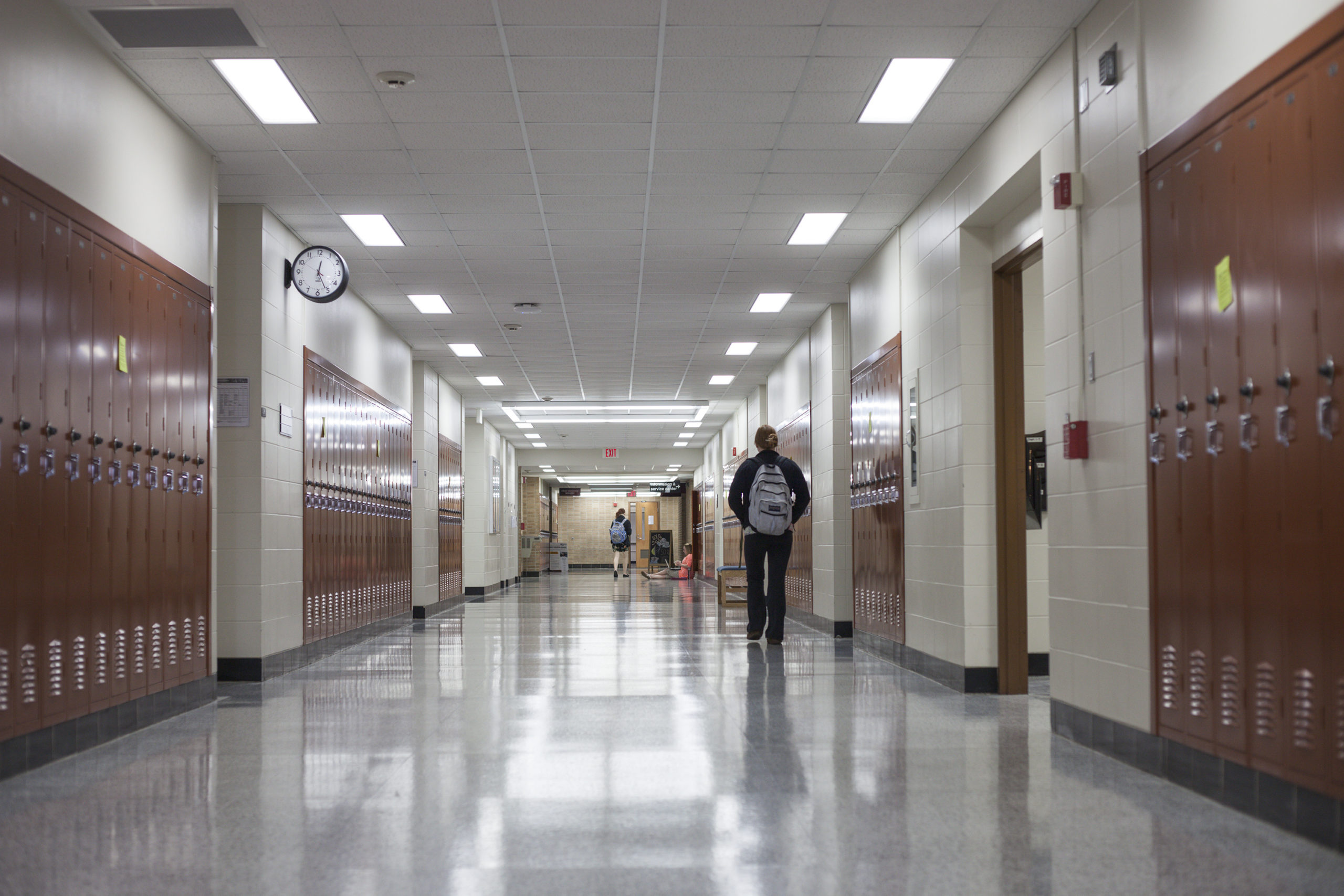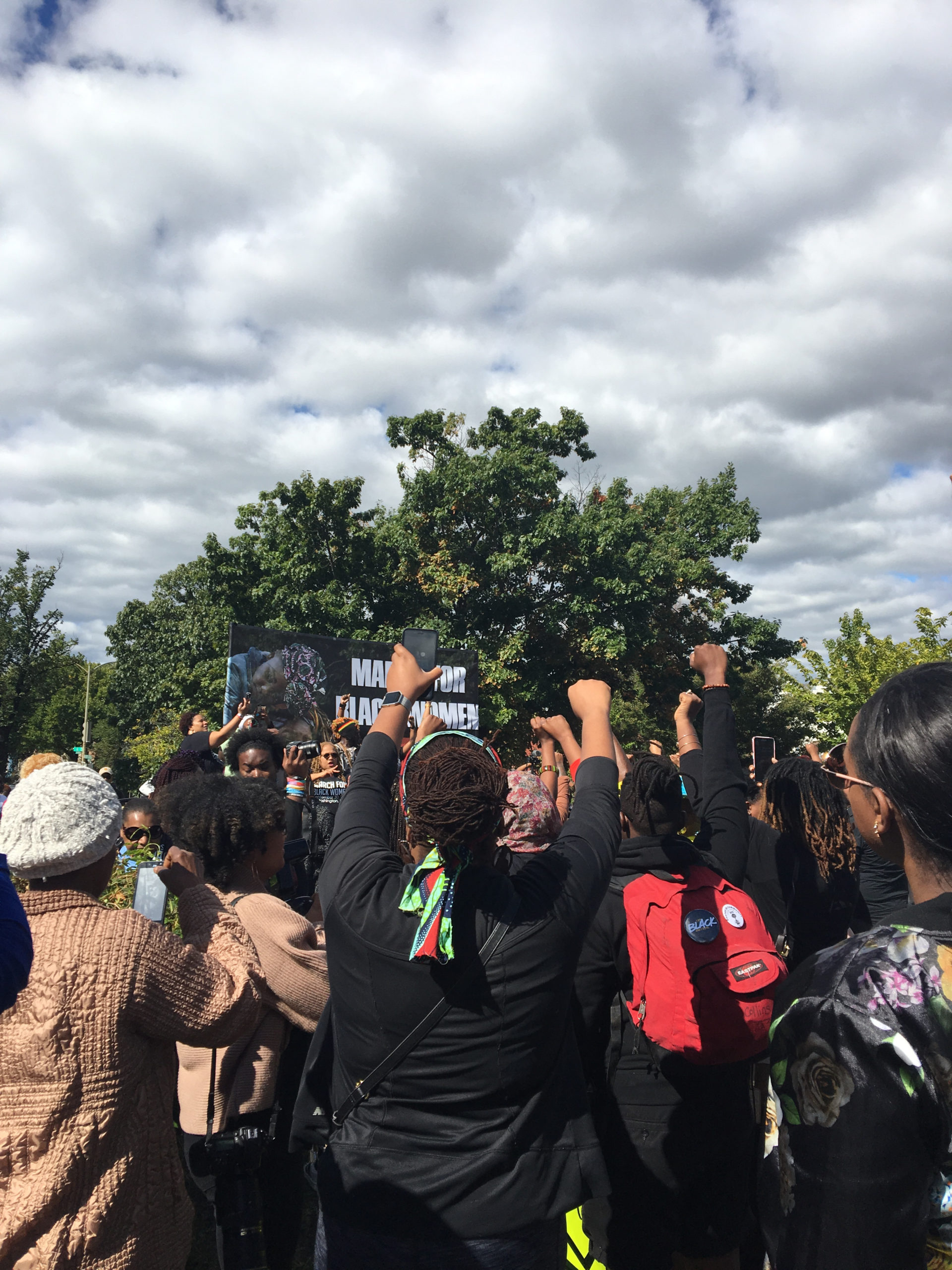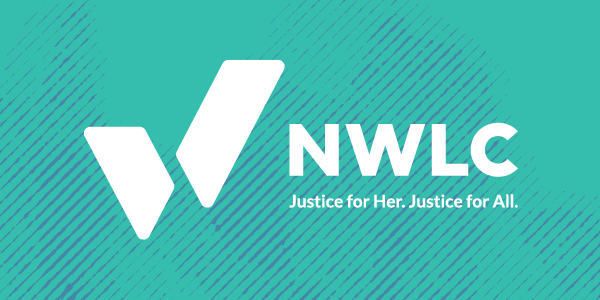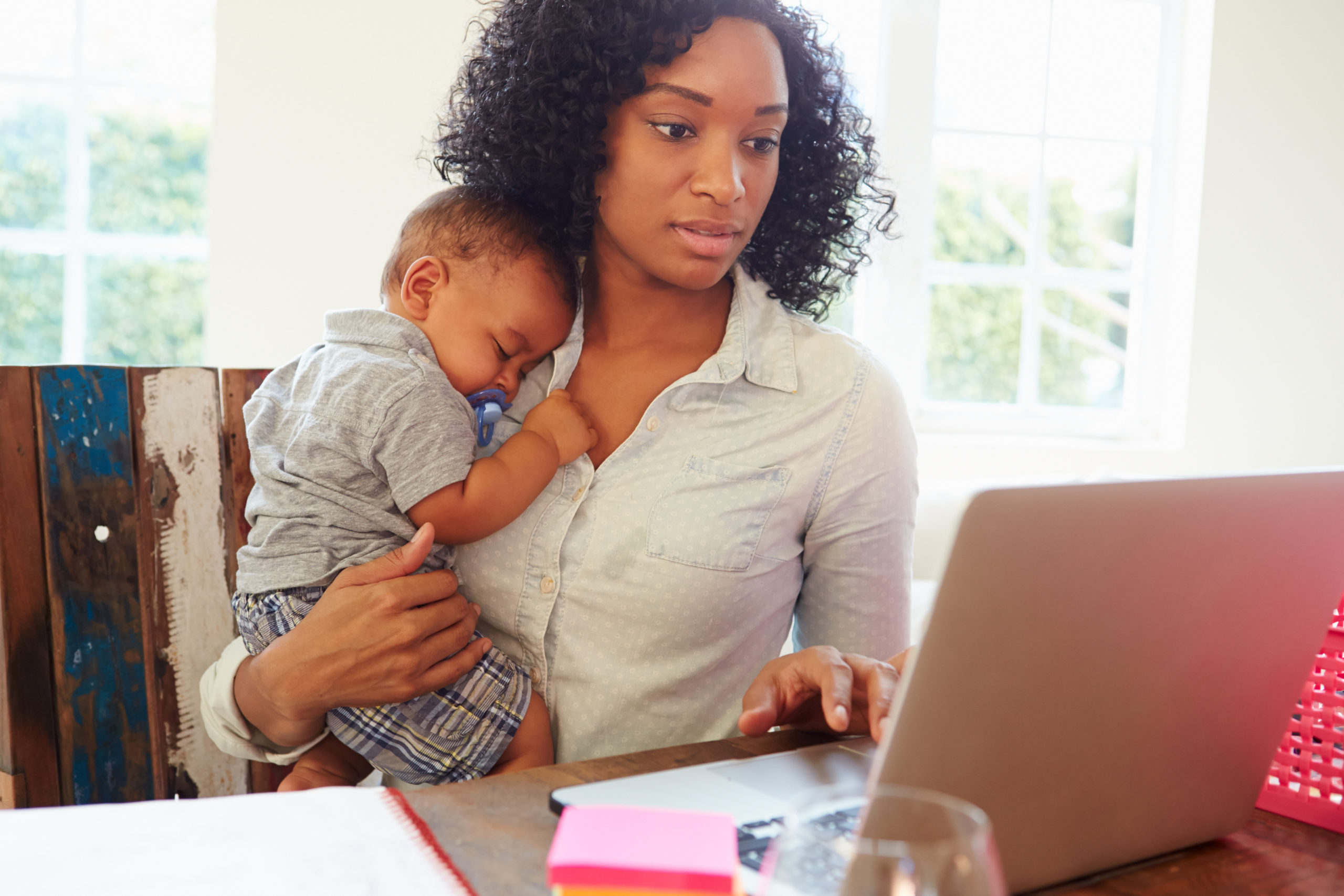Abortion rights, women of color, and LGBTQI+ people are under attack. Pledge to join us in fighting for gender justice.
Four Things You Should Know about Women and Girls in Jail
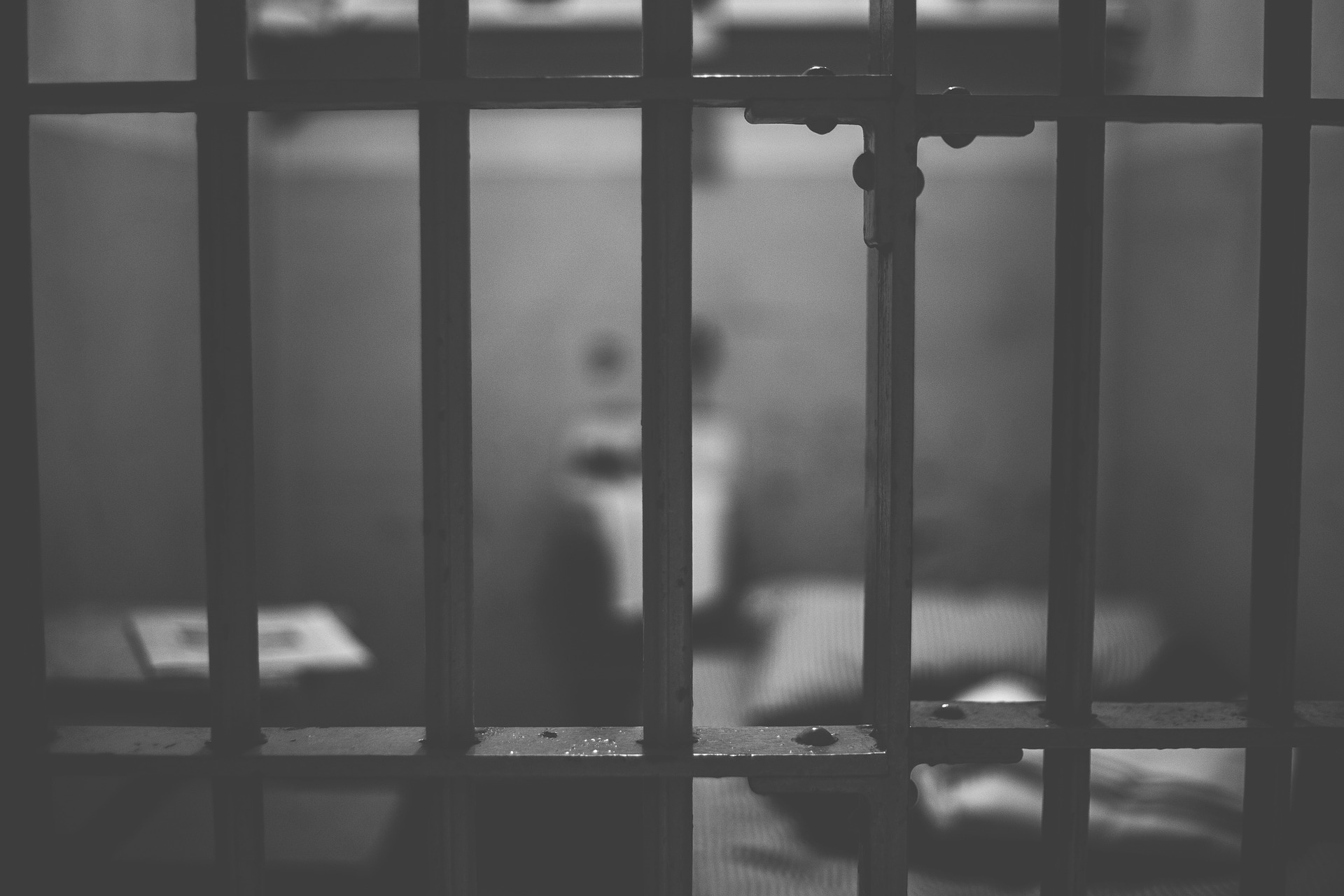
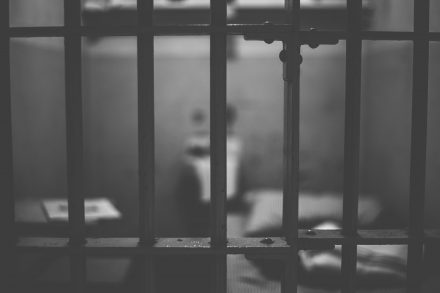 Last week The Vera Institute of Justice and The Safety and Justice Challenge published a report documenting the large increase of women in jail. The staggering findings paint a picture of not only women who are being incarcerated at higher rates, but the families who are adversely affected by incarceration. The data presented in this report reflect not only barriers for women, but girls who are the fastest growing population in juvenile justice centers as well.
Last week The Vera Institute of Justice and The Safety and Justice Challenge published a report documenting the large increase of women in jail. The staggering findings paint a picture of not only women who are being incarcerated at higher rates, but the families who are adversely affected by incarceration. The data presented in this report reflect not only barriers for women, but girls who are the fastest growing population in juvenile justice centers as well.
1. Most women are in jail for nonviolent offenses.
This report found that 82 percent of women in jail were in there for nonviolent offenses such as property, drug and public order offenses. This is similarly true for girls in the juvenile justice system. Unlike boys, who are more likely to be detained for more serious violent offenses, girls who enter the system are more likely to be detained for status offenses like violations committed only if a person is underage. The most common crimes girls are arrested for are running away, substance abuse and truancy. These are also symptoms of abuse and a sign that women and girls should be treated with counselors not confinement.
2. Most of the women in jail are of color.
Sixty-four percent of the women in jail identified as Black, Hispanic or other. Racial disparities also exist in juvenile justice systems where Black girls are almost three times as likely as their white peers to be referred to juvenile court for a delinquency offense. This data shows that women and girls of color, who are likely to live in poverty stricken neighborhoods, are disproportionately the target of broken windows policing.
3. Nearly 80 percent of the women in jail are mothers and most are single parents.
Lengthy stays in jail can mean that women lose their jobs or the sole source of income to support their families. For some, incarceration means that their children end up in foster care. One in 14 children has at least one parent in jail, which can result in mental and physical health and self-esteem issues. Healthy students are more successful in school; therefore the health issues that come from a parent in prison can disrupt kids’ performance in school. While school counselors are in the best position to identify and support children with incarcerated parents, some of the largest US school districts have more security officers than school counselors. This practice fails to acknowledge the negative experiences that many children have with law enforcement—including the experiences that end with their parent’s incarceration.
4. Eighty-six percent of incarcerated women have experienced sexual violence.
Girls who enter the juvenile justice system are likely to be victims of sexual violence. As many as 80 percent of the girls in the juvenile justice system experience sexual violence. Although it is well documented that exposure to sexual violence and trauma leads to a cycle of abuse and incarceration, jails have done very little to support women and girls. Prisons should have gender-specific trauma informed intake and treatment programs that respond to the individual needs of women and girls who are suffering from trauma and abuse.
Women and girls are systematically imprisoned for non-violent crimes that are often a result of a life of poverty, abuse, violence, and neglect. Imagine what we could accomplish if we invested time and resources to counsel, educate, and protect these women and girls instead of criminalizing them for responding to their environment. The federal government has agreed to stop using private prisons; a step in the right direction for limiting the monetization and incentivizing of arrests. Next, I encourage state governments to take a close look at the people whose circumstances land them in a cycle of imprisonment.
